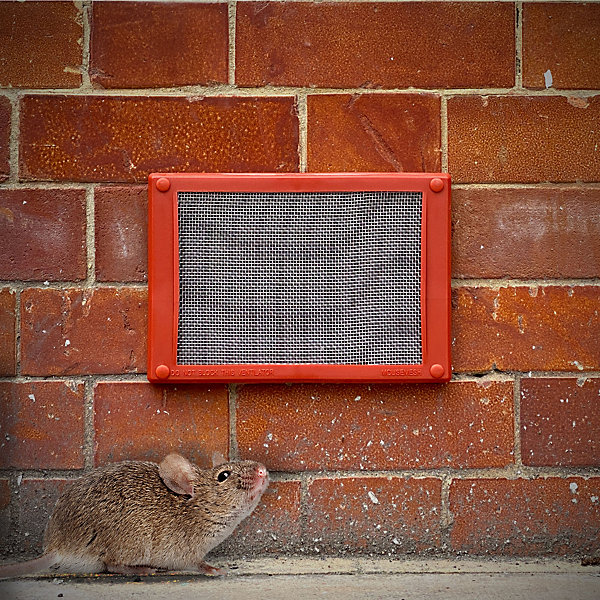Air brick covers are a very challenging decision, giving the homeowners two options: energy consumption or good ventilation. Such simple devices may prevent the entering of cold air through ventilation bricks. Nevertheless, there are advantages as well as risks associated with installing them and hence it is important to consider them before deciding to do so.
Continue reading to find out how the air brick covers reduce energy bills but still provide a safe level of ventilation.
Understanding Air Bricks And Their Purpose
Air bricks are the most critical components of ventilation in most homes, enabling fresh air to move beneath floors. These perforated bricks also prevent moisture accumulation, which may considerably cause serious structural damage in the long run. The wood joists and floors will rot or mould when they are subjected to a lack of flowing air.
The air brick cover can be installed to save energy noticeably across the colder months as less heat is lost. The ventilation bricks allow cold air to circulate inside the house, obligating heating systems to strain to maintain comfortable temperatures. Blocking such a source of air can save on heating by preventing unnecessary heat loss through floors.
The air bricks are normally installed in most houses, and they are arranged around the chimney to provide sufficient cross-ventilation. Sustained air movement also keeps conditions dry under the floor, which preserves the structural integrity of the building. This ventilation system has been standard in construction for decades across many countries.
How Do Air Brick Covers Work?
Air brick covers are fundamental and fit into installed ventilation bricks to seal air movement. These covers usually have magnets or clips on the backside, allowing fast mounting and unmounting. Most covers are plastic or metal-made and are expected to resist outdoor weather conditions.
The primary role of a brick vent cover is to lock out the cold air. These covers are also effective in decreasing drafts that cause rooms to be cooler during the winter. Specific covers contain vents that can permit only partial control of the air in the vent instead of totally stopping this airflow.
Therefore, the secret to successful energy efficiency ismaintainingcing energy efficieand the need to have appropriate ventilation. Most experts recommend using adjustable covers, which allow passage of some air and, at the same time, limit excessive drafts to a considerable extent.
Another good method of controlling energy costs as well as ventilation requirements all through the year is seasonal adjustment. In winter, covers may be partially shut down to minimise the amount of cold air coming in and yet keep the amount of air moving in the covers minimal. The summer months might need vents wide open at all times to avoid excessive moisture when it is humid.
Installing air brick covers depends on individual circumstances, including climate, building construction, and priorities. Homes in frigid climates may benefit more from covers than those in milder regions. Building age and construction methods influence whether coverage provides sufficient benefits to justify risks.
Professional consultation can help homeowners decide about ventilation management and energy efficiency improvements. Building surveyors or heating engineers can assess specific situations and recommend appropriate solutions. This expert guidance helps avoid costly mistakes that could damage property or compromise safety.

